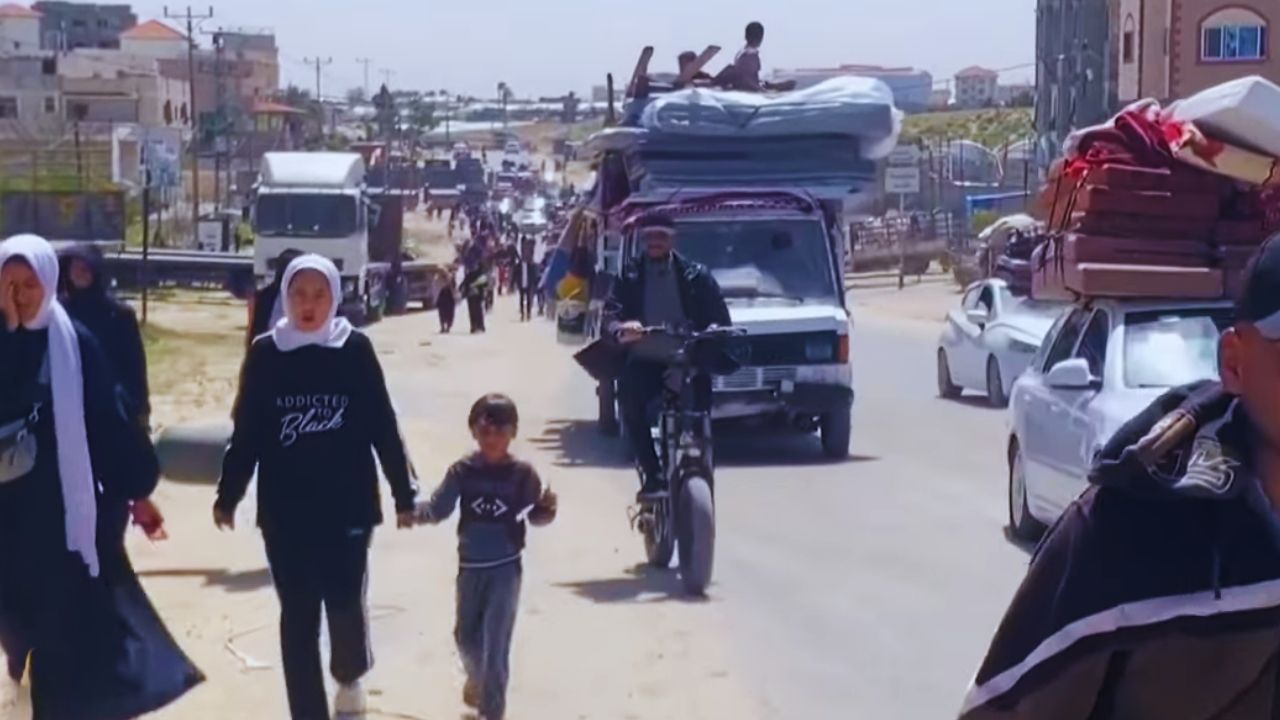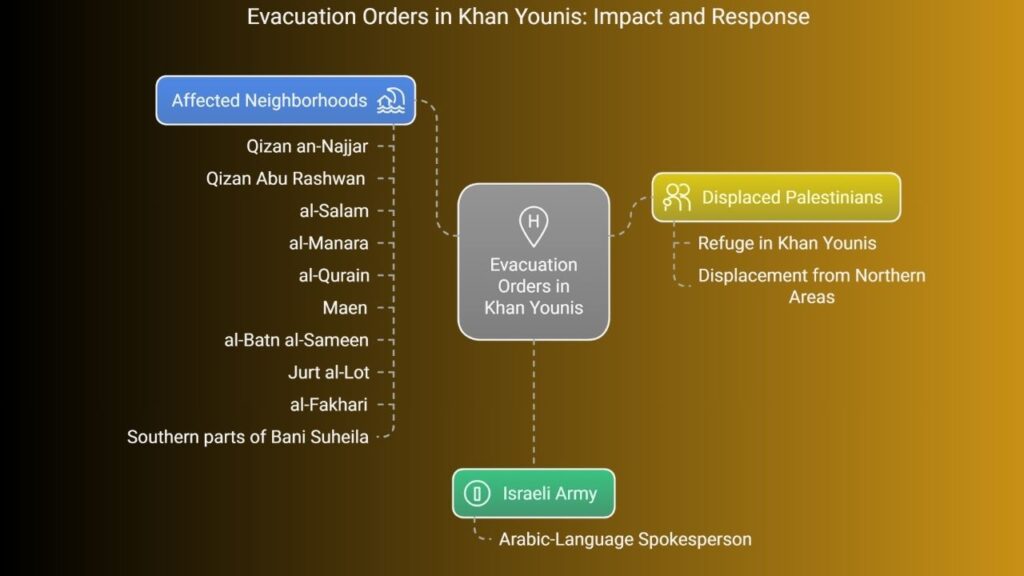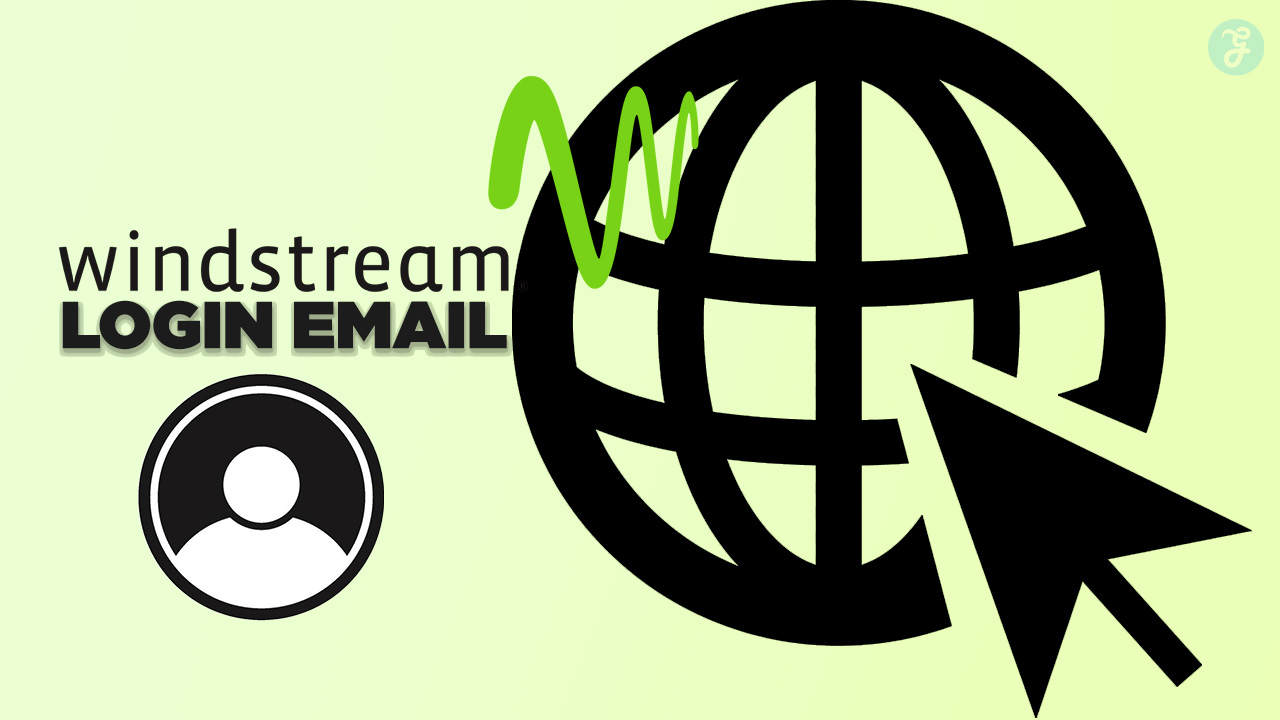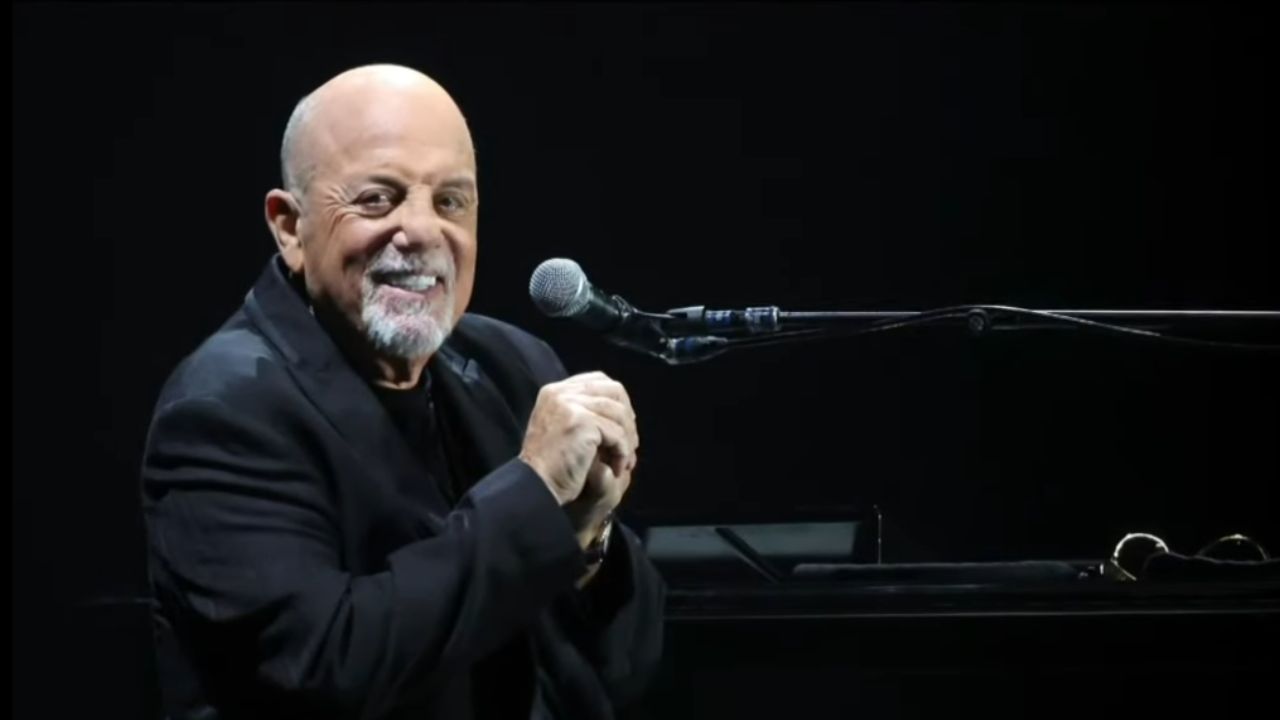In a major escalation of its military campaign in the Gaza Strip, the Israeli military announced the completion of a new tactical road—the Morag Corridor—that now separates the city of Rafah from the rest of Gaza. Israeli officials say this move is part of an intensified strategy to dismantle Hamas infrastructure and cut off its access to Egypt and other southern supply routes.
However, human rights organizations and regional analysts warn the move could have far-reaching humanitarian consequences, further deepening the crisis for millions of Palestinians already displaced by months of intense fighting and siege.
What is the Morag Corridor?
The Morag Corridor is a newly paved military road, established by Israeli Defense Forces (IDF), that now functions as a dividing line between Rafah—the southernmost city in Gaza—and the rest of the Strip. According to Israeli Defense Minister Yoav Gallant, the road serves as a strategic security zone meant to block Hamas fighters and weapons from moving southward or escaping through the Rafah border crossing into Egypt.
Gallant stated that the road had been built with the goal of “establishing Israeli operational dominance” over southern Gaza. He also confirmed that another similar road, the Netzarim Corridor, which splits Gaza from north to south, will be expanded further, effectively dividing Gaza into multiple segments under IDF oversight.
These moves are being seen by international observers as part of a broader territorial fragmentation strategy, allowing Israel to exercise remote control over key areas of Gaza without direct occupation—a model that some critics say amounts to de facto annexation.
New Evacuation Orders Target Khan Younis Amid Renewed Attacks
In a related development, the Israeli army’s Arabic-language spokesperson issued new forced displacement orders targeting several neighborhoods in Khan Younis, a city that has become a refuge for many Palestinians displaced from the north.
The neighborhoods under evacuation orders include:
- Qizan an-Najjar
- Qizan Abu Rashwan
- al-Salam
- al-Manara
- al-Qurain
- Maen
- al-Batn al-Sameen
- Jurt al-Lot
- al-Fakhari
- Southern parts of Bani Suheila
Residents have been told to evacuate immediately and move to the al-Mawasi area, a narrow strip of land along Gaza’s western coast designated by Israel as a “humanitarian zone.” However, aid organizations and the United Nations Office for the Coordination of Humanitarian Affairs (OCHA) have repeatedly warned that al-Mawasi is ill-equipped to handle the large influx of displaced people, lacking essential infrastructure such as sanitation, clean water, and medical supplies.
According to reports from Gaza’s health ministry, at least two civilians were killed and others wounded during Israeli drone and artillery strikes on Saturday that targeted parts of Khan Younis shortly after the evacuation announcement.
Katz: “Rafah Is Now a Security Zone” — Future Plans Include Further Expansions
Israeli Defense Minister Israel Katz emphasized the strategic importance of the corridor in a televised statement, declaring that Rafah has now become an Israeli-controlled “security zone.” He added that “willful passage” would be granted to Palestinians who wish to leave Gaza voluntarily, hinting once again at Israel’s long-term consideration of population transfer scenarios, similar to those proposed in former U.S. President Donald Trump’s peace plan.
Katz issued a stern ultimatum to Gaza’s population, saying that this was their “last chance” to banish Hamas and release all hostages held since the October 7 attacks on Israel. He warned that if Hamas is not dismantled internally by Palestinians themselves, Israel would extend military operations to “most of Gaza’s territory.”
These remarks were widely criticized by both Palestinian factions and international rights groups, who called the messaging a form of collective punishment and psychological warfare directed at an already devastated civilian population.
Hamas Responds: Netanyahu ‘Prolonging the War for Political Survival’
In response, Hamas released a public statement denouncing Israeli Prime Minister Benjamin Netanyahu, accusing him of dragging out the war for personal political gain.
“The blood of Gaza’s children and the occupation’s prisoners are victims of Netanyahu’s ambitions to remain in power and to escape prosecution,” Hamas said in a statement released to regional media outlets.
The group added that the terms of a possible truce have been made clear by many in the international community: hostage releases in exchange for a complete cessation of hostilities. While the proposal is backed by several nations and humanitarian agencies, Hamas claims Netanyahu continues to reject the offer, placing politics over peace.
Al Jazeera: “Israel Offering Palestinians an Ultimatum”
Al Jazeera’s correspondent Nour Odeh, reporting from Amman, Jordan, described the situation as an outright ultimatum. “Topple Hamas and deliver the Israeli captives, Katz said, that’s the only way to end the war,” she explained during a live broadcast.
Odeh also highlighted the dire conditions in Gaza, stressing that since Israel reimposed the blockade after March 18, no trucks carrying aid, fuel, cooking gas, or food have been allowed to enter. Humanitarian officials on the ground estimate that 2.1 million people are now confined to just one-third of Gaza’s land area, creating one of the most densely populated and distressed zones on Earth.
Expert View: ‘Corridor Strategy’ Designed to Fragment Gaza
Robert Geist Pinfold, an expert on Middle Eastern security and lecturer at King’s College London, told Al Jazeera that while Israel presents the Morag and Netzarim Corridors as tactical measures against Hamas, they may actually serve a deeper, more permanent purpose.
“Israel has always sought to control the Gaza Strip—especially its borders and movement of goods and people,” he said. “These corridors, like Morag and Netzarim, are named after former Israeli settlements and were intentionally placed to fragment Gaza’s urban areas.”
Pinfold emphasized that the strategy allows Israel to tighten or loosen the noose around Gaza based on evolving political and military calculations—without formally reoccupying the territory.
Humanitarian Catastrophe Worsens
The UNRWA, Doctors Without Borders, and World Food Programme have all warned that the situation in Gaza is rapidly deteriorating into a full-blown humanitarian disaster. With limited access to medicine, drinking water, electricity, and food, health experts fear the outbreak of waterborne diseases, rising malnutrition among children, and the collapse of emergency care in the Strip’s remaining functional hospitals.
International calls for a ceasefire or at least a humanitarian corridor have so far been blocked by diplomatic standoffs at the United Nations Security Council, with vetoes and abstentions preventing unified action.
The completion of the Morag Corridor marks a critical inflection point in the Gaza conflict. While Israel frames its actions as necessary for national security and hostage recovery, critics argue that the military tactics now amount to territorial strangulation and forced demographic engineering.
With no clear peace plan in sight, humanitarian groups, UN agencies, and geopolitical analysts continue to urge restraint and negotiation, warning that without a sustainable solution, the region risks falling into irreversible instability.
The Information is Collected from Times of India and Al Jazeera.










































